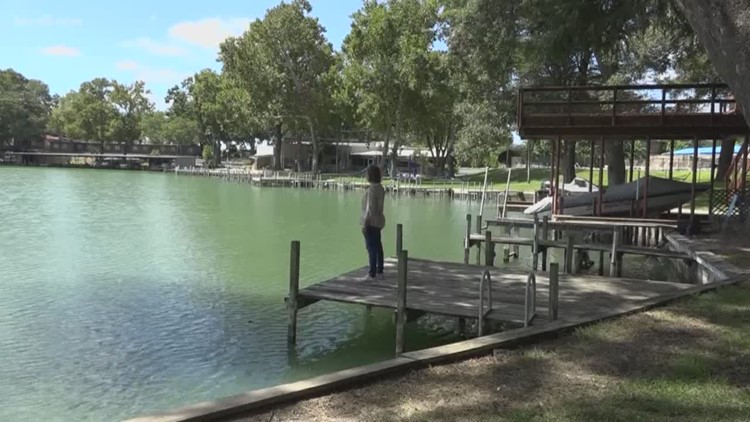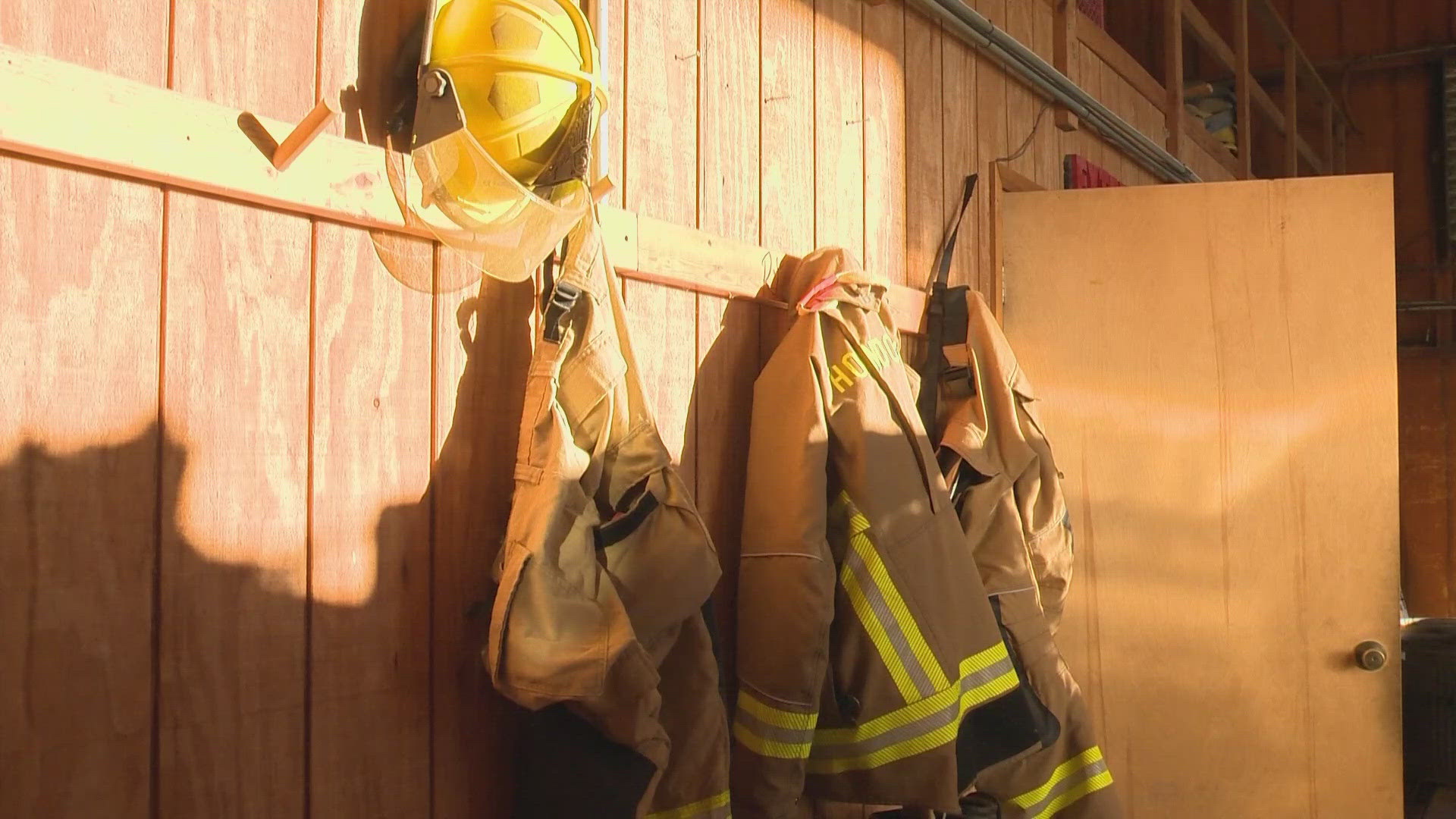SEGUIN, Texas — Lake McQueeney and two other Guadalupe Valley Lakes are now back open to recreation, with the exception of prohibited areas near the dams.
The re-openings come after a lake safety report released Monday outlined what areas of Lakes McQueeney, Placid and Meadow are unsafe for recreation.
Earlier this year, property owners sued the Guadalupe Blanco River Authority to stop their plans to drain those bodies of water, as well as Lake Gonzales—a decision the GBRA attributed to safety concerns following the collapse of the Lake Dunlap dam earlier in 2019.
In September, a judge issued a temporary injunction to stop the de-watering of the lakes until at least next year, when the case is scheduled to resume in court.
RELATED: Fight continues between GBRA, lake community residents as temporary restraining order is filed
Part of that injunction required the complete closure of the lakes until a panel of third-party experts could determine what areas were unsafe, and prohibit recreation on those areas before allowing people back in the water.
That panel included Samuel K. Vaugh of HDR Engineering, designated by the GBRA; Gregory R. Wine of Huitt-Zollars, Inc., designated by property owners; and W. Nim Kidd, chief of the Texas Division of Emergency, designated as a third independent expert. They released the report outlining the prohibited and restricted areas of the of the lakes.
Vaugh explained after the GBRA Board of Directors meeting Wednesday that the prohibited zones bans all recreation from the area. Restricted zones bans swimming, wading, and tubing, but water crafts are allowed.
"Activities in the water are not allowed in restricted zones, but boating is allowed in the restricted zones with a properly fitted PFD (personal flotation device) on the person," said Vaugh.
Wendy Salazar has lived along Lake Placid for the last seven years, and said her home falls along the restricted zone, a problem for her family who doesn't own a boat.
"There's people living their dream on that lake. We're not rich, and we don't own boats, but we want to be on the river," said Salazar.
During the public comment section of the meeting, Salazar asked the board to reconsider the restrictive zone along Lake Placid, and readjust the boundary to the end of her street.
"We're just saying, is it possible to move it upstream to the end of our street?" said Salazar. "If you can't help us, tell us why. Let's take into personal consideration that there's people involved."
However, the safety experts said that's not likely.
"In the event of a gate failure, particularly downstream of a gate failure, a lake can turn into a river very, very quickly," said Vaugh. "Truly, a matter of moments, if you're immediately below the dam, well it's instantaneous."
Salazar said her home is a mile and half downstream from the McQueeney dam.
"Even if you're some distance downstream, the velocity of the water accelerates much more rapidly than you would think," said Vaugh. "So it's critical that people not be caught unaware or surprised and properly prepared."
"At the end of the day, everybody's seen the video from Dunlap," said Kevin Patteson, GM and CEO of the GBRA. "There is no area on the water where you're 100 percent safe. So am I concerned about safety? Absolutely."
The only exception is Lake Gonzales. The panel requested another 30 days to complete “velocity-modeling,” according to the GBRA.
The river authority also released a statement Tuesday afternoon, saying:
“Under the Court’s Temporary Injunction (TI) of September 16, 2019, when the Unsafe Zones are identified by the Independent Expert Panel, the areas not identified as Unsafe Zones automatically opened (Paragraph l, page 7). The Prohibited Unsafe Zones remain off-limits per the Court’s TI. Likewise, the restrictions and prohibitions listed by the Independent Expert Panel in its report are also now in effect, per the Court’s TI (Paragraph k., p. 7).
"Understanding that nowhere in, on, or immediately adjacent to the water can be deemed 100 percent safe, the IEP report affirms the prohibited areas already established surrounding the dams and extends protections by outlining additional restricted areas.”
RELATED: Lakes won't be drained, pending Oct. 2020 trial; GBRA, property owners agree to temporary injunction
GBRA officials said they would be adding extra signage and buoys to clearly mark the prohibited and restricted areas, and would continue to monitor those areas around the dams.
The safety ordinance that allows law enforcement to patrol the lakes and enforce citations and fines, was updated Wednesday to reflect the new prohibited and restricted areas.
GBRA officials said the ordinance was passed by the board, and still needs to be reviewed by the Guadalupe County Attorney. Once that takes place, the ordinance will be published and will go into effect two weeks later.
Those unsafe zones will continue to monitored as well by local law enforcement.
GBRA officials said they will post any updates to their website, gvlakes.com



